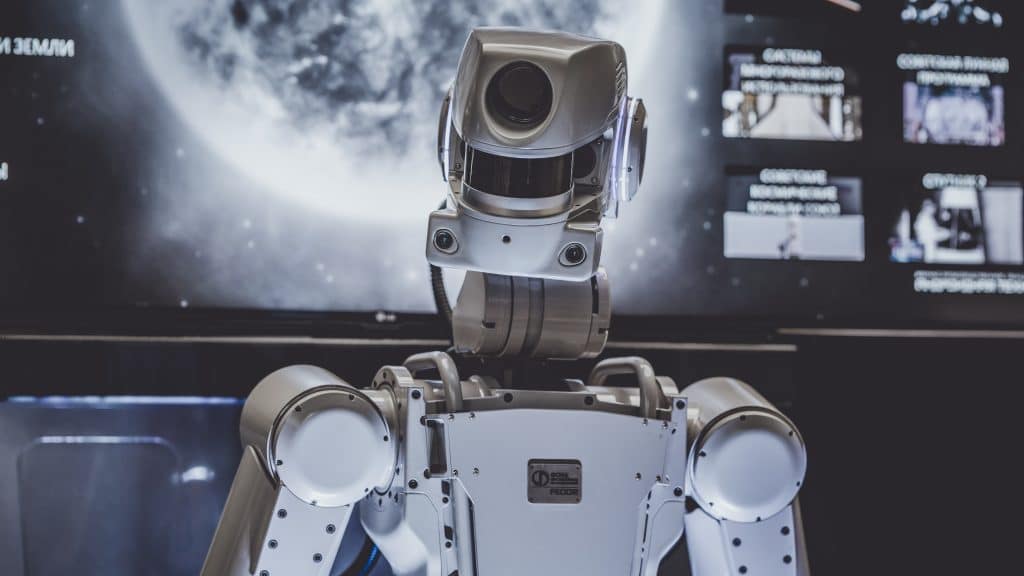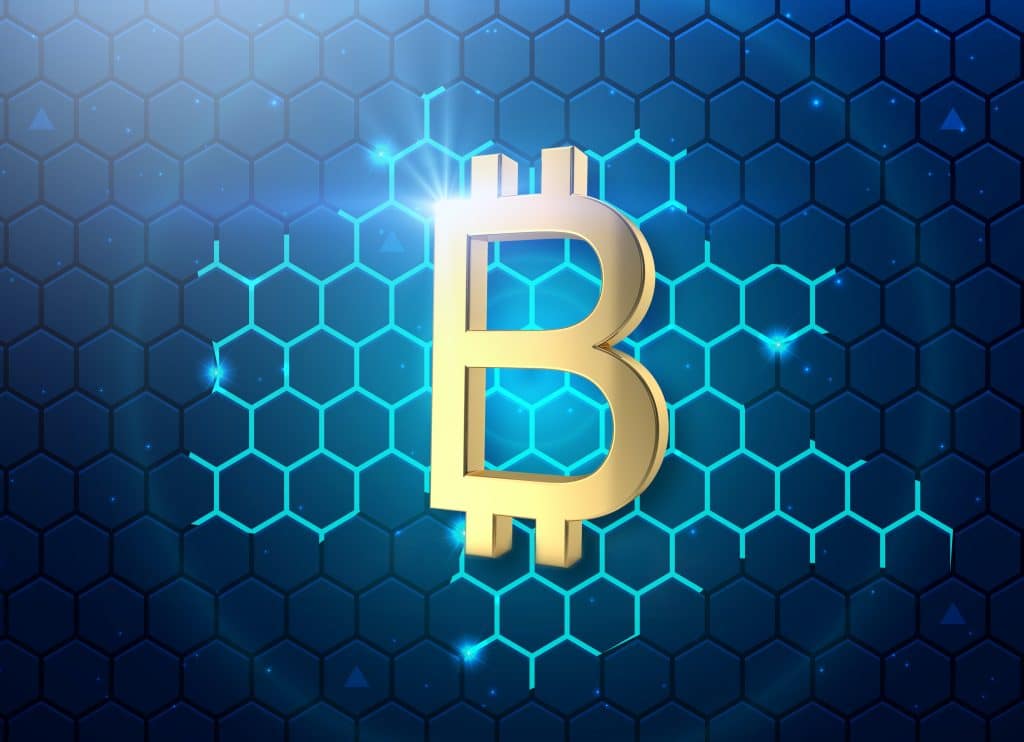2023: Trends Disrupting the Digital Marketing Landscape
2023 is finally here, and it is safe to say that the world has changed significantly since the Covid-19 pandemic. With the abundance of ground-breaking technologies like artificial intelligence (AI), extended reality (XR), and automation, the digital landscape is changing at an unprecedented rate.
The advancements in technology have led to many new trends in the workforce. Technology has become a crucial part of our lives and is not going away anytime soon.
Whether you’re an avid gamer or a digital marketing agency looking to stay ahead of the curve. As we look ahead to the next 12 months, these trends will continue to shape our lives and work. Let us take a quick look at each of these areas and explore what we can expect in the coming year.
AI (Artificial Intelligence)
AI is one of (if not the biggest trends) in the digital landscape now. From virtual assistants like Siri and Alexa to more advanced applications like self-driving cars and medical diagnosis, AI has completely revolutionised many industries.
We can expect AI to stay in the headlines for the next few months. The end of 2022 saw the viral uptake of free AI-powered creators such as Beautiful.ai and Descript, amongst many more. Although many of these platforms are in their infancy, they give a real sense of the creative power AI can bring to the table.
We can expect the development of more sophisticated machine-learning algorithms that understand and interpret complex data sets, leading to more accurate predictions and decision-making. For example, this could lead to the emergence of AI-powered “smart” cities. Smart cities use sensors and other technologies to optimise traffic flow, reduce energy consumption, and improve public safety.
The question for AI is, how much decision-making power is too much?

XR (Extended Reality)
Another exciting trend to watch over the next 12 months is the continued development of extended reality (XR) technologies like virtual reality (VR) and augmented reality (AR). XR is a category of immersive experiences that combines computer graphics with real-world elements to create a unique user environment.
Virtual reality (VR) provides users with a fully immersive experience by placing them inside a virtual environment that we can manipulate through different devices such as headsets or controllers. Marketers have used VR in many ways, from creating virtual marketing campaigns to driving sales through enhanced e-commerce experiences.
Augmented reality (AR) takes advantage of smartphones’ cameras to overlay information onto physical objects using computer graphics technology. Apps such as Pokémon Go use AR to make it appear as if Pokémon are hiding in real-world locations such as parks or public areas.
Automation
Automation is everywhere. The idea of automating processes falls as the backbone requirement for the development of many modern technologies. The process of robotic process automation (RPA) has proven to improve efficiency and reduce costs in a variety of industries.
RPA is software that can perform tasks usually done by human employees, including data collection, input, processing, and decision-making tasks. The technology is still relatively new but has been used successfully in various sectors such as finance and healthcare. When it comes to RPA technology, it’s essential to know how it works and how it can help your organisation become more efficient and productive.
Web 3.0
Web 3.0 the next generation of the internet, is rapidly approaching. Using decentralised technologies like blockchain and distributed ledger systems will characterise their Web 3.0 era. These decentralised technologies will revolutionise the way we store and exchange data online.
Although adoption is going slowly, we expect to see more companies and organisations exploring Web 3.0 technologies for various applications in the coming year. We may see the mass adoption of blockchain to secure supply chain data. Also known as the “Semantic Web,” this trend will gain traction in 2023.

Summary
While it is nearly impossible to predict where the digital landscape will be in 12 months, it is likely that these trends will evolve in much the way they have over the last decade. Where exactly AI and automation will lead is anybody’s guess, but we can all agree that the implications of their eventual integration into our lives are huge. Whether it be the robot uprising or a truly immersive experience, technology will continue to enhance life as we know it. We hope this article has helped you get a feel for where these technologies stand today and where they might be tomorrow.



